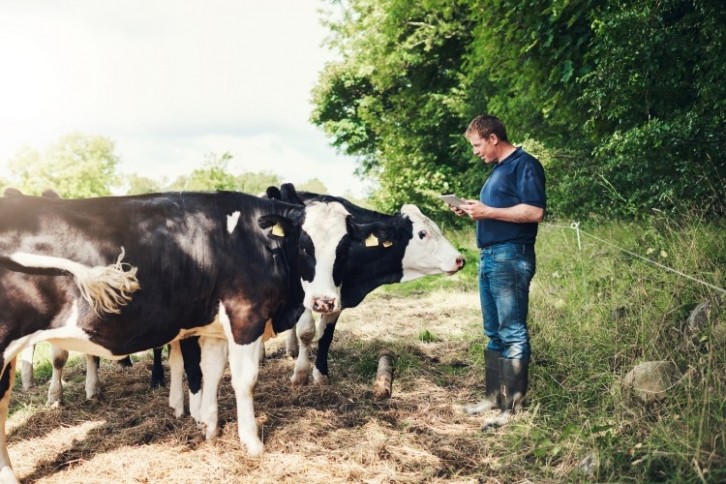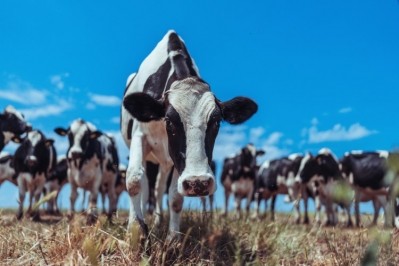Economic protections needed at US dairy farms if bird flu is to be studied effectively

Farm workers are being unknowingly exposed to the H5N1 virus that’s currently infecting US dairy cows, new research has found. In cattle, the infection quickly clears from the nasal passages but virus-shedding in milk may continue longer.
These are some of the unique conclusions of a new small-sample study. Conducted at two Texas dairy farms at the start of the outbreak in March and April, the researchers led by Gregory C. Gray, analyzed samples from both cattle and farm workers in a bid to find evidence of a past infection.
The study also highlights the barriers to testing – the researchers having had to sign non-disclosure agreements in order to conduct their sampling, and only collecting a limited sample from workers – and that scaling-up this type of research would require strategies to be put in place to avoid causing economic harm to dairy businesses.
From SARS to H5N1
The study, which has been preliminary published but has yet to be peer-evaluated, presented several key findings.
It documented a rare case of SARS-CoV-2 in the nasal swab of a dairy cow, an infection that’s known to occur in cattle but is though to be extremely rare.
The study also corroborates finds from previous research that suggests die-offs of feral cats and wild birds are linked with the presence of HPAI on dairy farms.
Importantly, it offers insights that human infections that spill over from cattle to farm workers may be going undetected – and more research is urgently needed to track possible virus mutations.
The researchers collected 17 nasal swab samples and 14 blood samples from workers; of those who donated blood, two of the 10 workers from one of the farms had evidence of antibodies against the H5N1 virus – but had not been formally tested and therefore their infections would have not been added to the official statistics.
Commonly known as bird flu and scientifically as Highly Pathogenic Avian Influenza (HPAI) H5N1 in the hemagglutinin clade 2.3.4.4b, the virus associated with the dairy cow outbreak was first detected in a Texas dairy cow on March 25, 2024. Since then, there have been 172 confirmed cases of infected dairy milking cows in 13 states.
According to the paper, one of these workers had a cough at the time of enrolment into the study, and the other one had recently recovered from a respiratory illness. The two had different jobs, with the first one working in cattle corrals and the second – at the farm’s cafeteria.
The study also uncovered numerous mutations associated with viral spillover potential.
“It now seems especially prudent that we find ways to prospectively and more intensely study dairy farms to better quantify serological evidence of infections in both livestock and dairy workers,” the authors concluded.
“Before we can perform such important research, we need to find ways to fully protect the dairy businesses from any economic harm that might arise through such intensive study.”
Asked to elaborate, Gray said that such studies "can interfere with routine farm worker activities and on the farm research findings can influence increase requirements/recommendations for workers wearing personal protective equipment, the restrict movement of dairy cattle, and cause loss of milk product acceptance".
Source:
A One Health Investigation into H5N1 Avian Influenza Virus Epizootics on Two Dairy Farms
Authors: Gray C., Gregory, et al
Published: medRxiv, July 31, 2024
DOI: 10.1101/2024.07.27.24310982







